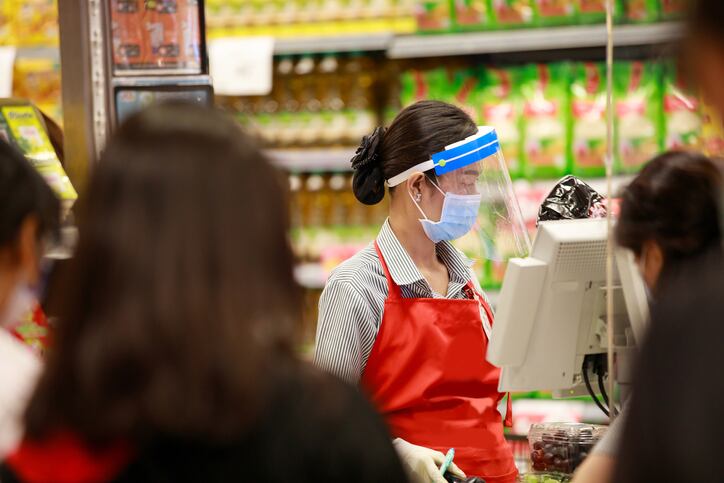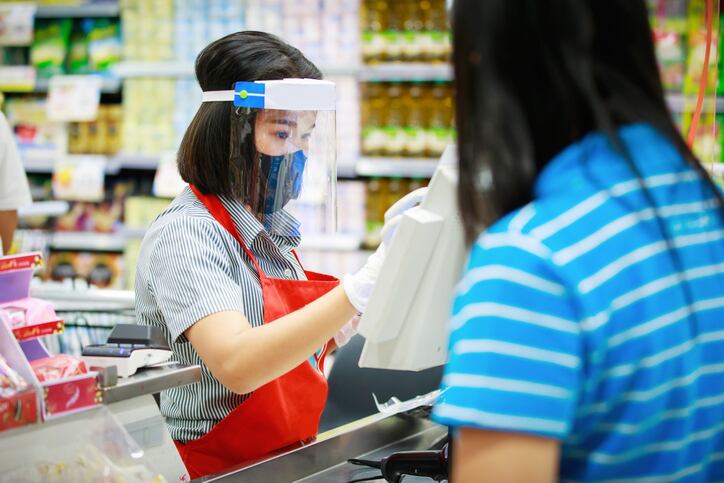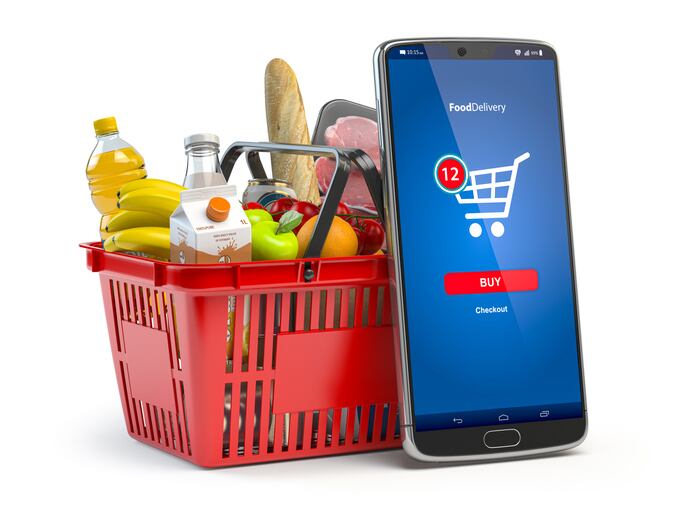According to a survey of 52 FMI member companies representing almost 40% of the food retailing industry, grocery sales during the pandemic skyrocketed 11% in 2020 from $1 trillion in 2019, and the consumer price index for food at home increased 2.7% in April 2020 -- its largest monthly jump since 1974.
But, FMI CEO Leslie Sarasin noted, “profits didn’t rise to commensurate levels.”
Citing data from FMI’s new report, Receipts from the Pandemic: Grocery Store Investments Amid COVID-19 and the Resulting Economics of an Essential Industry, Sarasin explained that based on the cost of goods alone, which are about 70%, gross margins increased 30% or about $30 billion in revenue in 2020.
But, she said, this doesn’t take into account the estimated $24 billion of additional pandemic operating costs grocers incurred, which include $1 billion for personal protective equipment, $3 billion for increased cleaning and sanitation supplies, labor and other related expenses, $5 billion in benefit increases and $12 billion in additional payroll and incentives. In addition, the survey found, grocers invested $1.5 billion into technology and online delivery expenses, which further ate into profit margins.
At the same time, the price of many foods soared due to higher demand. For example, Sarasin said, beef and veal prices soared 25.1% and 12% while potato prices increased 13.3% and tomato prices by 8.4%.
“The shock to the food supply chain, exacerbated by panic buying and stockpiling reverberated down the supply chain and led to a 5.6% inflation in food prices from June of 2019 to June of 2020,” Sarasin said.
So, while consumers may have paid more and sales may have been higher, the ful difference wasn’t going to retailers.
“When you take all of this information and consider it together, the additional industry profit was about $6 billion. And for those surveyed specifically, despite an increase in sales, they reported their profits increased in 2020 by an average of 1.44 percentage points to 2.5% of total sales,” Sarasin said.
A mixed outlook for 2021
The slight increase in profit margins some retailers experienced in 2020 may evaporate in 2021 as many companies surveyed by FMI don’t anticipate sales increases seen during the first year of the pandemic to continue throughout 2021.
“Overall, 63% of the companies we surveyed expect a decrease from 2020 levels in some fashion throughout 2021, while another 13% forecast sales to remain flat. Only 23% of surveyed companies expect to see an increase in sales this year,” Sarasin said.
“At the same time,” she added, “75% of the companies we surveyed are forecasting a decline in profits for 2021, while only 10% expect to see increased profits over those in 2020.”
She explained much of this decline will be “natural” as economies re-open and consumer spending and food consumption habits begin to reflect the pre-pandemic environment.
“However,” she added, “given that the pandemic remains an ongoing public health crisis, it’s important – in fact, it’s critical – that our food retailers remain vigilant against the virus and continue to invest in health and safety measures.”
That means many of the COVID-19 related expenses retailers took on in 2020 will continue through at least until late 2021, and some will linger long after that – continuing to factor into profit margin calculations.
Specifically, Sarasin projected that the heightened emphasis and frequency of sanitation will remain after the pandemic, as will the increased costs for ensuring employee safety.
In addition, she hypothesized, higher costs associated with online ordering and either delivery or pick up in store will likely remain at least in the short term. She added that she hoped over time retailers would become more efficient in their omnichannel approach and so eventually they could see some relief on that front.




